
Foreword
“Can astonishment that art give us transcend movies?
In reality, we are gradually lacking patience regarding our understanding on using time. As for video art, given that it wobbles between theatre and art, it has changed the people’s common way of reading, guiding us into a more abundant sensual experience. Therefore, the trans-field combination and transformation of art is a gospel for modern people. Dutch artists invented oil painting 600 years ago due to geographical and living circumstances, while modern scientific improvements brought about video media. How can we, living and raised in the modern era, understand this field and transform visual reading into wise actions, is a time-evolving issue for all of us.
In a casual conversation, Daisuke Miyatsu talked about his fascination to video art. The fact that this fascination could be turned into exhibition, is more about realising a promise between friends. In chaotic times, instinctively we hope that, the passion of care and support to art, could sparkle something in the darkness. All these seem very far away from our daily, but in fact, have become the core of our reality. 2020 is a year that reveals the actualities of the world, and also the numerous illusions. In this specific moment, a global united effort in realization of this exhibition verifies the tight connections between nationalities would not be distanced by borders. While activities have been transformed into the virtual world, we witness the paradox situation led by the potentiality of video art. By digital coding, it conversely evidences a “place” is irreplaceable.
Out of the more than 100 videos collected by Mr. Miyatsu in the past 25 years, we have selected 8 classical works by East Asian artists as media representatives of Mr. Miyatsu’s perspective on the Asian history of art. These artists come from Thailand, Singapore, Japan, Taiwan and China. They presented issues that required more attentions from versatile social communities and environmental understanding from the perspectives of religious classics, national history, acoustic image, dreams and cultural restrictions. From the eastern aesthetic perspective of space and time, we discover the poetic place in between the border of the now and the past. But it no longer remains as metaphors, it reveals the opportunity from the frustration. These richness within the things that make us, we used to perceive as deficiency.
Kaohsiung, as an accepting city of freedom and the international transportation hub of Taiwan, we expect to give you more openness and imagination on the visual language of Asian cultures through this exhibition.
-Yaman Shao
Daisuke Miyatsu • Journal
The first video in my collection was added in 1994. More than 25 years have passed since then. From the works out of around 100 videos in the collection for exhibition this time, I am delighted to have such a wonderful space to introduce my “Understanding of Space” and “Time Concept” in Asian Art History.
In Asia, "Understanding of Space" and "Method of Expression" have from ancient times differed from the Western use of perspective and shadow. For example, I am a fan of Arthur Coleman Danto (1924 ~ 2013) who once compared the works of Jesuit painters during the Manchu Dynasty with The Green Stripe by Henri Matisse (1869 ~ 1954). This particular story was mentioned in "The End of Art," in The Death of Art (Berel Lang, Haven Publications, 1984).
In his painting Along the River during the Qingming Festival, Chang Tse-tuan (1085 ~ 1145) of the Northern Song Dynasty brought the spring crowds of Kaifeng (Bianjing), the imperial capital, to life from a perspective reminiscent of an aerial drone. Around the same period, Ban Dainagon Ekotoba (12 Century) in Japan used the "different times in same picture" to present multiple scenes and actions frozen in a moment in time. Later on, Chōjū-jinbutsu-giga (12th ~ 13th Century), now referred to as the ancestor of Japanese comics, used anthropomorphic animals to satirize society.
Seven centuries then passed before Marcel Duchamp (1887 ~ 1968) produced his Fountain. In the same year, Shimokawa Hekoten (1892 ~ 1973) created the first animated movie Imokawa Mukuzo Genkanban no Maki. Even today this animation can be considered quite enlightening.
Illustrated scrolls that incorporate the "Concept of Time" into the painting therefore emerged in Asia a thousand years ago.
On the other hand, the culture of "calligraphy" has enjoyed high esteem in China, Taiwan, Vietnam, Korea and Japan - the so-called "Kanji Cultural Circle" - since ancient times. When it comes to elegant calligraphy, Chang Hsu (birth/death unknown) and Huai Su (725 ~ 785) of the Tang Dynasty let their talents run wild on screens and walls. Their dramatic limb movements would eventually develop into the "Wild Cursive" school.
The 20th Century and World War 2 created human suffering on a scale never experienced before. Most existing concepts or values were changed in the process. There were those in the art community dissatisfied with the status quo as well. Against such a backdrop, Clement Greenberg (1909 ~ 1994) and others raised the banner of "Abstract Expressionism" in the U.S. and conveyed to the world the meanings and values of post-war modern art.
In Japan however, "writing" was considered a form of "education system" or a political tool for "demonstration of national prestige." The art was therefore neglected for a long time. This state of affairs lasted until the "Ink People Society" was formed by Inoue Yuichi (1916 ~ 1985) and others. By no longer limiting themselves to composition principles and surface meanings of text, they developed the art into "Avant-garde Calligraphy."
Interesting enough, Harold Rosenberg (1906 ~ 1978) created the term "Action Painting." Instead of replicating appearances on canvas, the canvas was treated as an "Arena for Action." Inoue however felt that "writing is a spatial art" or a "place where text exists." Here the "place" that Inoue referred to was more than just a "space." It also incorporated the concept of "time." We can therefore infer from this that he was greatly influenced by the thinking of the philosopher Nishida Kitaro (1870~1945).
Based on the above, the "Understanding of Space" in our eastern sphere is different from how it is interpreted in "(Western) Art History." Rather than trying to see all of history in the same light, the "Multiculturalism" school that began growing at a rapid pace from the 1980s espoused approaching the same issue from different angles.
Diversity of Asian Visual Artworks
I had the good fortune of this time to admire artworks that depict modern society from different angles at the ALIEN Art Center.
The fickle yet diverse interpretations of Charwei Tsai (1980 ~ ) makes one ponder if "universal truth" truly exists. Tsai is famous for writing mantras on sand dunes or the surface of water. Her work Water Moon (2017) seems like a thought-provoking play on the concept, "whether a poem can be understood as the reflection of moon on water." It also reminds one of the well-known story of "narcissism" of "Narcisse" who fell in love with his own reflection in Greek Mythology.
For the Bohemian Rhapsody Project (2006), Ho Tzu Nyen (1976~), the band Queen's best-selling song and the monologue of a young murderer was adapted into a rock musical with a court-house as the stage. It is worthwhile to note that his work wasn't just a recording of the performers. With the exception of the judge played by a white man, all of the other actors were the accused. The police officers were played by actors of Chinese, Malaysian and Indian descent. For the former, the recording looked both at the court handing down the decisions and deciding on the supporting cast. The latter reflected the multi-ethnic background of Singapore after spending so long under British colonial rule.
The movie White Building - Sva Pul (2016) by Hsu Chia-wei (1983~) features young dancers of the traditional Burmese "Suwala" dance acting as the avatar of Hanuman, the Monkey God, from the Ramayama epic. The background of the video is the White Building that was designed by Vann Molyvann (1926 ~ 2017), one of Cambodia's most representative contemporary architects. Under Pol Pot and his Khmer Rouge, executions, torture and forced labor took the lives of more than 1.7 million people and threatened all art from the classical to the modern age with annihilation. Hidden within the humorous behavior of this work is a sense of inner desolation.
Su Huiyu (1976) drew inspiration from the Queer cult movies produced by Qiu Gang-jian (1940 ~ 2013) to create the visual art installation The Glamorous Boys of Tang (1985, Qiu Gang-Jian) (2018). The installation netted him the visual arts prize at the 16th Taishin Arts Awards. The work depicted how a magnificent visual feast that superseded eroticism and desire emerged among the Taiwanese people amidst the pressures of martial law. Painted screens were also used for spectacular effect.
Tao Hui (1987~) used a single camera (single view-point) shooting continuously to film The Dusk of Tehran (2014). The movie depicted a beauty actress in wedding dress seemingly conversing with the taxi driver in a soliloquy. The content of the conversation was based on the chat that Anita Mui (1963 ~ 2003), the Hong Kong queen of pop who passed away at an early age, had with her fans at her last concert. Tao took the sentences out of their original context and placed them in a completely un-related environment as a hidden allegory for the difficulties facing Iranian women in love, wedding and society after the revolution.
Apichatpong Weerasethakul (1970~) recently exhibited at the Taipei Fine Arts Museum a personal exhibition titled "Apichatpong Weerasethakul: The Serenity of Madness." Apichatpong was a director who had won the Palme d'Or at the 63rd Cannes Film Festival. He has taken part in many international film festivals and is quite an active artist. In his work, insect-themed jewelry designed by Victoire de Castellane (1962~) sparkle with eerie charm in a jungle that is almost suffocating in its greenness. It may be about superstition or illusions in a modern society founded on empirical science or perhaps a presentation of economic progress in his motherland and the devastation of his homeland in North Thailand.
Honey(mi) (2003) by Yang Fudong (1971~), the artist representing China, used a meaning-laden title to present a unique view of the world. The bird's eye view of the camera, a tense trumpet melody, props such as cigarettes and uniforms, as well as scenes from a gambling den or ambush seemed to be recreating old-time spy movies. The contrast between vivid colors and the traditional Chinese silent movies changed how people view the differences between generations. It also seemed to reflect the twisted politics and economics of a society under "Red Capitalism."
In his work The Future She Saw was Our Present (2015), Fuyuki Yamakawa (1973 ~) wore a mask of the legendary model Sayoko Yamaguchi (1949 ~ 2007) as he wandered and danced inside the quarantine zone around Fukushima Daichi Nuclear Power Plant. The performance created associations with “Noh,” a dance-form that serves as a “device for communication with the Afterlife.” The Well Cradle (Izutsu), a classic Noh play written by Zeami, features the spirit of a woman who had been waiting for her husband that never came back. Yamaguchi’s choreography resembled the dance performed by the spirit as if both a woman and man are in one body. The dance of the possessed performed by Yamakawa in “ The Future She Saw was Our Present ”is not a requiem or remembrance between the living and the afterworld. Instead, it alludes to the link between radiation invisible to the naked eye and what blocks our exposure to that radiation.
All of the above video artworks from Asian countries have their own "Understanding of Space" and "Time Concept ≒ View of History." They explore the different faces of modern society from diverse angles and depict them in incisive ways.
With Kaohsiung, the largest international port in Taiwan, as the starting point, I invite you to enter the world of my collection and let your thoughts run free between the open seas before you, and the distant countries that lay beyond them.
《Daisuke Miyatsu: 25 years of video art - A point of transit signals from East and South East Asia》
Conceived and presented by
Yaman Shao, Daisuke Miyatsu
Artists
Apichatpong Weeradethakul(Thailand)
Yang Fudong(China)
Fuyuki Yamakawa(Japan)
Ho Tzu Nyen(Singapore)
Su Huiyu(Taiwan)
Charwei Tsai(Taiwan)
Hsu Chia-Wei(Taiwan)
Tao Hui(China)
Organisor
ALIEN ART Centre
Exhibition Team
ALIEN ART
Supported by
SCAI the Bathhouse (Tokyo)、Edouard Malingue Gallery (Hong Kong, Shanghai)、TKG+ (Taipei, Beijing) 、Double Square Gallery (Taipei)、ShanghART Gallery (Shanghai, Beijing, Singapore)、Liang Gallery (Taipei)、AIKE Gallery (Shanghai)、Snow Contemporary (Tokyo)
Construction & Installation Support
YUIMOM GROUP
Advisor
Taiwan Ministry of Culture
Urban Development Bureau Kaohsiung City Goverment
Bureau of Cultural Affairs Kaohsiung City Government
Special Thanks
Shyevin S'ng、Vivien Liu 、Scott Chang 、HSIEH Feng-Rong、Kuo I-Chen
Museum of Contemporary Art ,Taipei
Official Hotel Partner
Silks Club
"The essence of collection lies with it: when encountering a new idea or experiment, can you completely trust your instinct to support these works."-Daisuke Miyatsu
About.Daisuke Miyazu
Daisuke Miyazu is known for his unique vision. As an ordinary "salaryman", his collections tell that collecting art should not be limited by ability but faith. Numerous artists has participated in contributing his dream house, including works of Yayoi Kusama, Yoshitomo Nara and Cai Guo Qiang. His vision has led to rare masterpieces whose value grow far higher than those in the past decades. His collections have been extensively covered by international press and exhibited in modern museums such as Daelim Museum of Contemporary Art in Seoul (South Korea), Taipei Museum of Contemporary Art (MoCA) and Tokyo Opera City's Art Gallery, etc. He is the author of «Let's buy contemporary art!», published by Shinsho de Shûeisha collection, «The age of Art x Technology - revolutionary changes in a society brought about by the creative business», and «Contemporary Art Economics», published by Kobunsha. Daisuke Miyazu has led an unique artistic life with incomparable enthusiasm.
"His unwavering love for art makes me seriously respect." -Yayoi Kusama
"I pay tribute to his determination and courage to capture art in one moment." - Tomio Koyama
.More Dig Deeper
【Self-creating artworks】
【AI and Biotechnology】
Key Visual © ALIEN Art Centre
“My mother’s garden”,Apichatpong Weerasethakul,6:42 minutes,Digital 4:3,Silent ,Colour,2007© SCAI THE BATHHOUSE
“My mother’s garden”,Apichatpong Weerasethakul,6:42 minutes,Digital 4:3,Silent ,Colour,2007© SCAI THE BATHHOUSE
“My mother’s garden”,Apichatpong Weerasethakul,6:42 minutes,Digital 4:3,Silent ,Colour,2007© SCAI THE BATHHOUSE
“Honey(mi)” ,Yang Fudong,9:29minutes,Single channel video,Colour,2003© ShanghART Shanghai
“Honey(mi)” ,Yang Fudong,9:29minutes,Single channel video,Colour,2003© ShanghART Shanghai
“Honey(mi)” ,Yang Fudong,9:29minutes,Single channel video,Colour,2003© ShanghART Shanghai
“Bohemian Rhapsody Project” HoTzy Nyen,6:20minutes,Single channel video,Colour,2006© Studiotzu
“Bohemian Rhapsody Project” HoTzy Nyen,6:20minutes,Single channel video,Colour,2006© Studiotzu
“White Building _Sva Pu“,Hsu Chia-wei, 2:37minutes, single-channel HD video,Colour,2016© Liang Gallery
“White Building _Sva Pu“,Hsu Chia-wei, 2:37minutes, single-channel HD video,Colour,2016© Liang Gallery
“White Building _Sva Pu“,Hsu Chia-wei, 2:37minutes, single-channel HD video,Colour,2016© Liang Gallery
“The Dusk of Tehran”,Tao Hui,4:14minutes,Single screen video sound and light,Colour,2014© AIKE Gallery
“The Dusk of Tehran”,Tao Hui,4:14minutes,Single screen video sound and light,Colour,2014© AIKE Gallery
“Water Moon”,Charwei Tsai ,40 minutes,Single screen video recording sound and light device,Colour,2017© TKG+
“The Glamorous Boys of Tang”,Su Huiyui ,17:00minutes,Four channel video installation,Color,2018© Double Square Gallery
“The Glamorous Boys of Tang”,Su Huiyui ,17:00minutes,Four channel video installation,Color,2018© Double Square Gallery
“ The Future She Saw was Our Present ”, Fuyuki Yamakawa,18:52minutes,Single channel video,Colour,2015© SNOW Contemporary
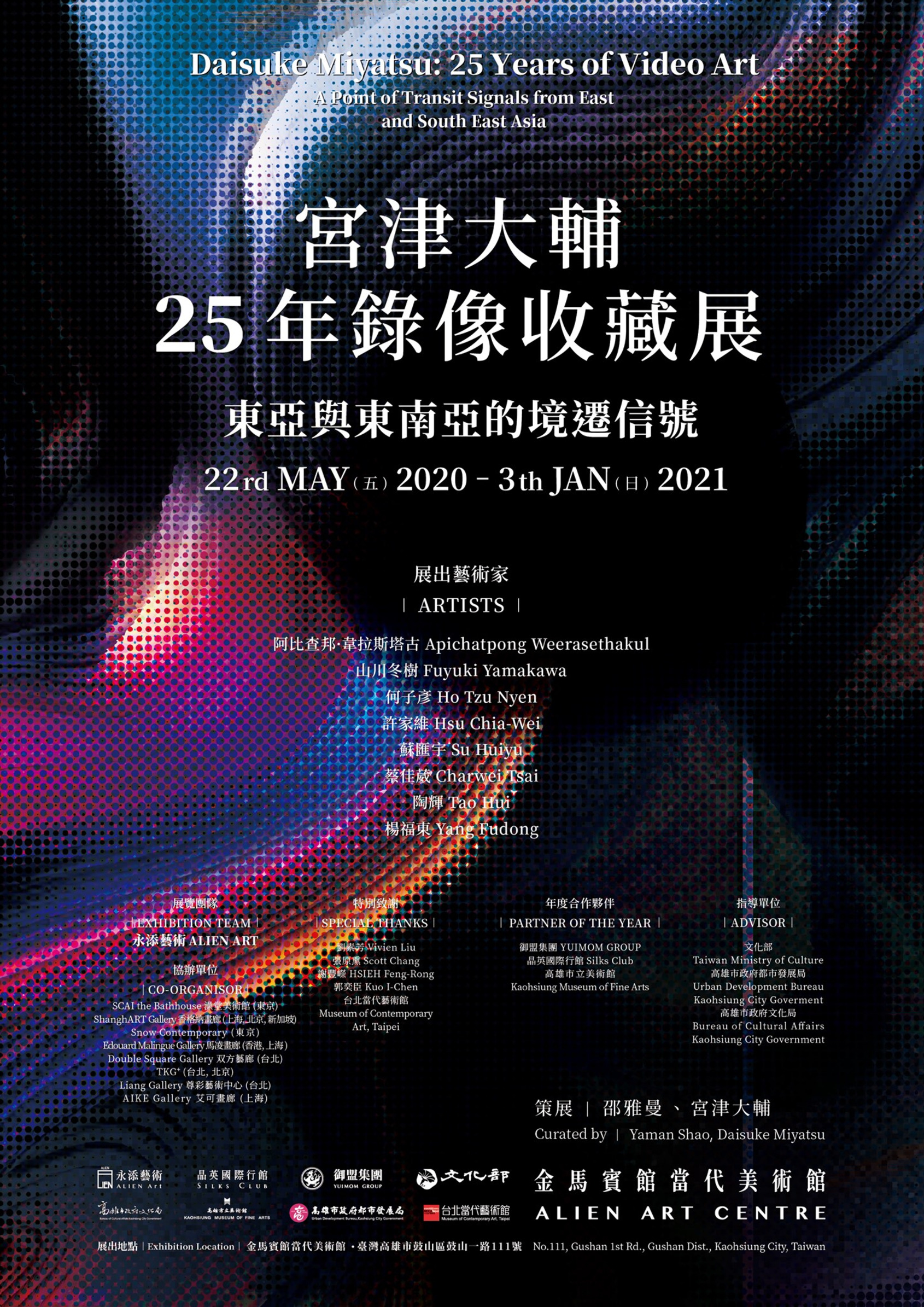
Key Visual © ALIEN Art Centre
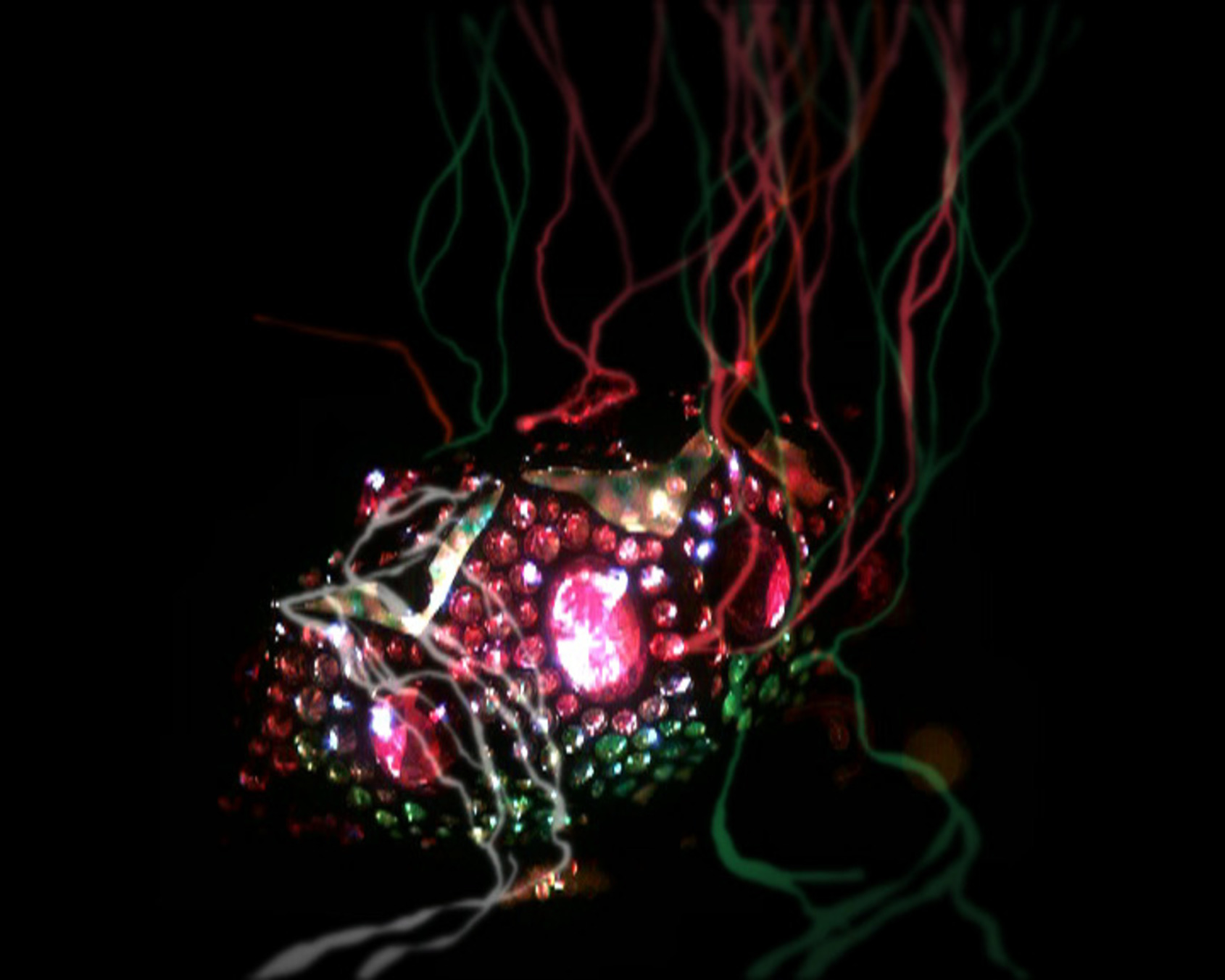
“My mother’s garden”,Apichatpong Weerasethakul,6:42 minutes,Digital 4:3,Silent ,Colour,2007© SCAI THE BATHHOUSE
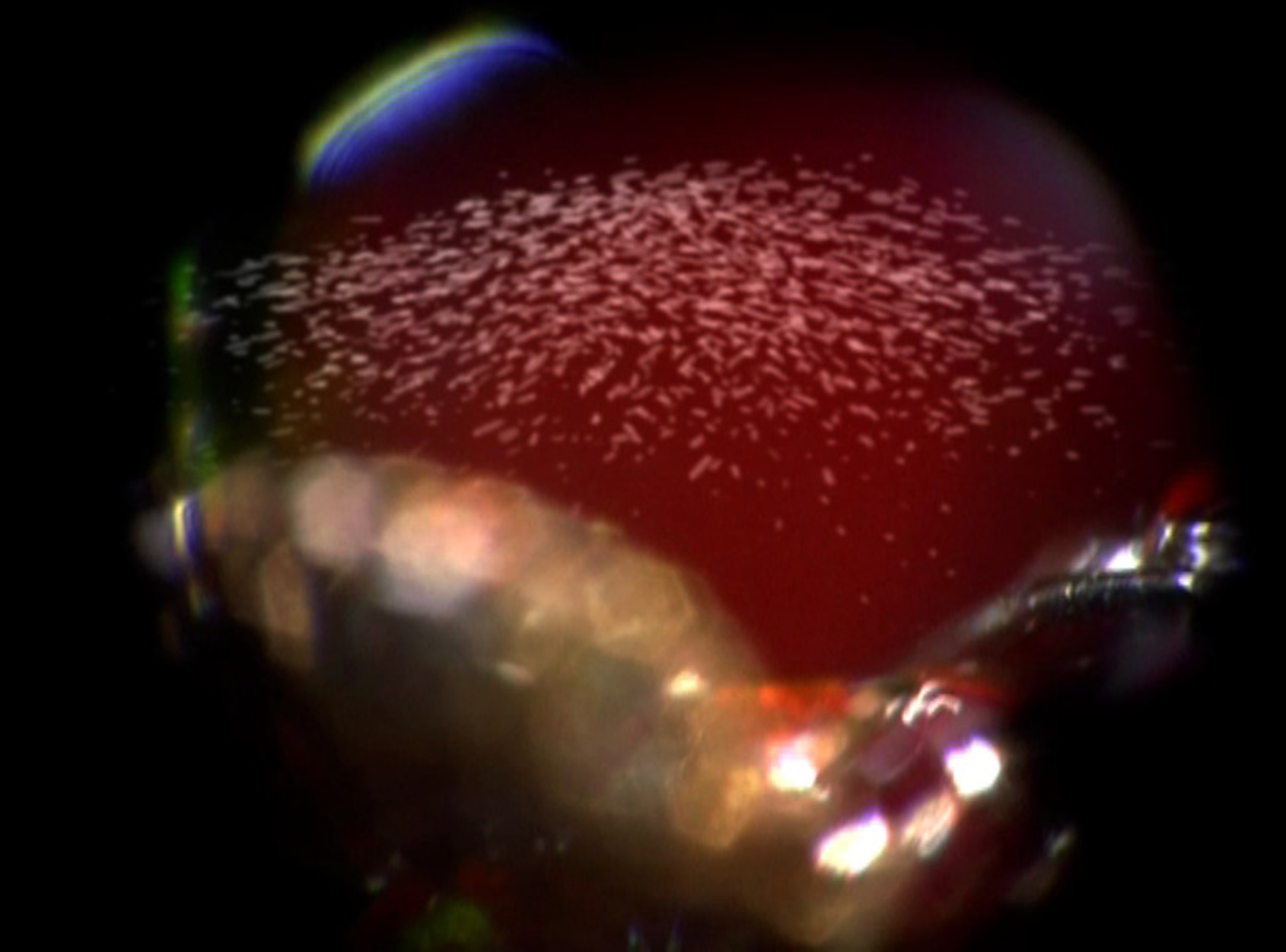
“My mother’s garden”,Apichatpong Weerasethakul,6:42 minutes,Digital 4:3,Silent ,Colour,2007© SCAI THE BATHHOUSE
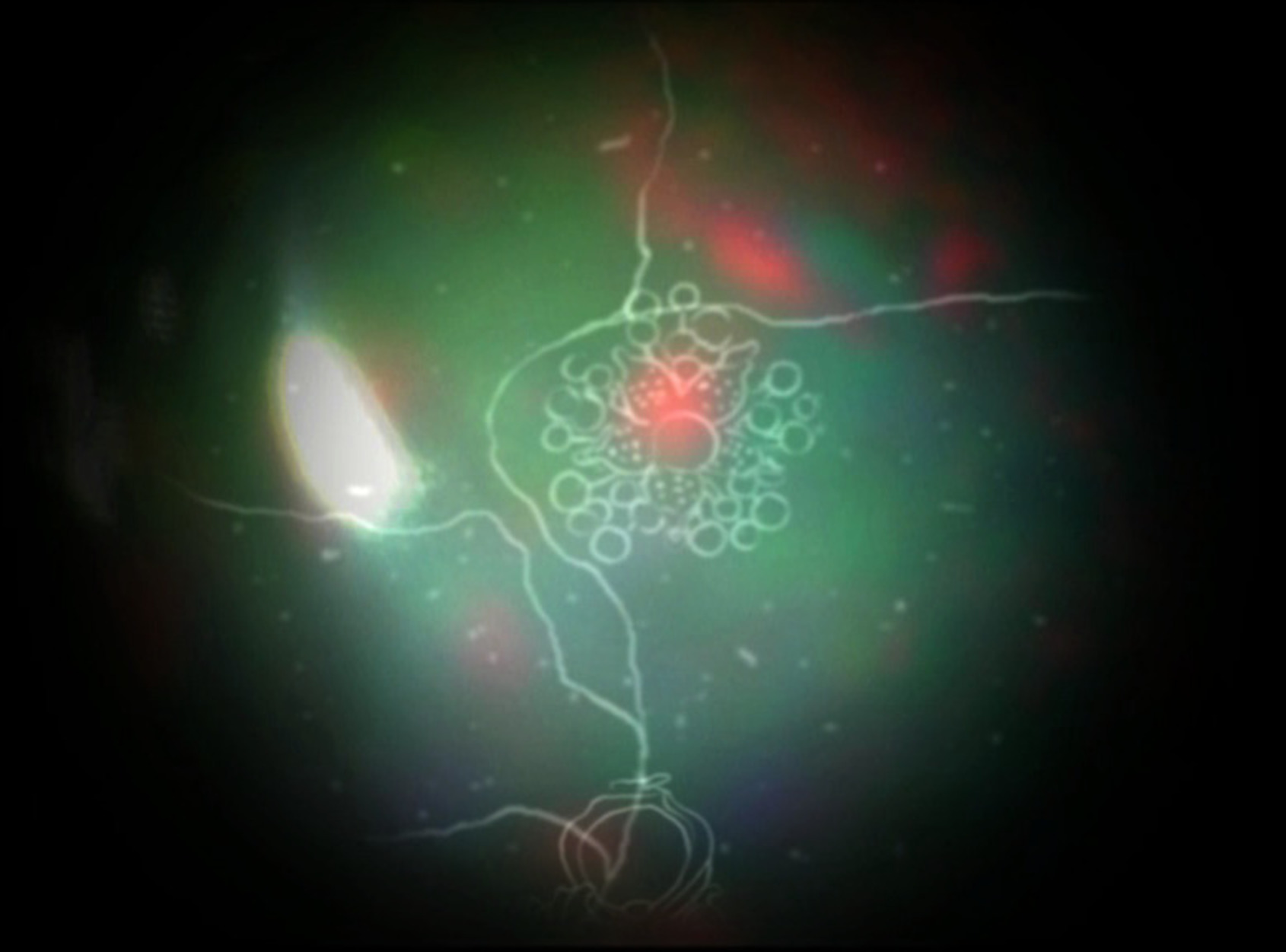
“My mother’s garden”,Apichatpong Weerasethakul,6:42 minutes,Digital 4:3,Silent ,Colour,2007© SCAI THE BATHHOUSE
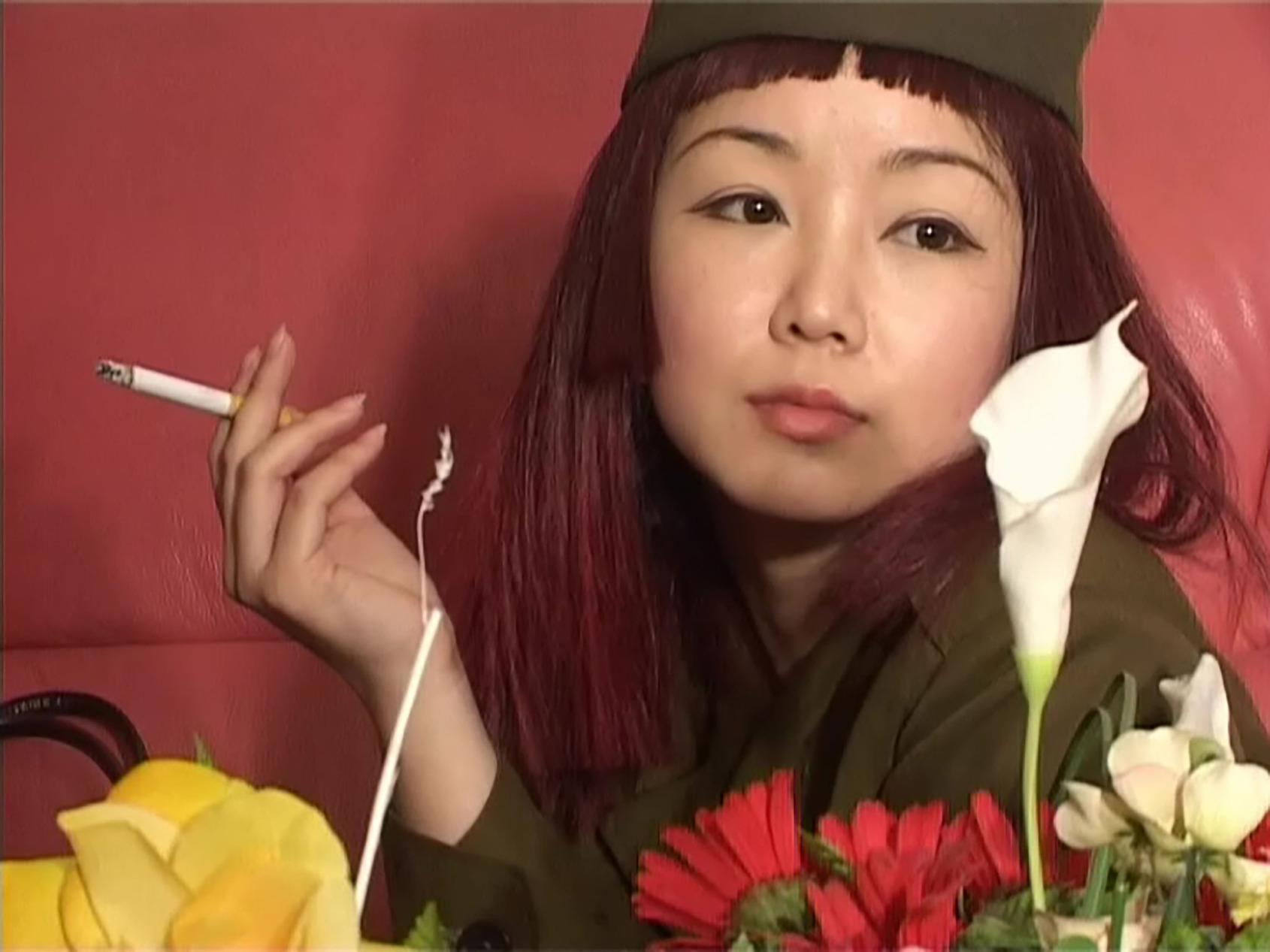
“Honey(mi)” ,Yang Fudong,9:29minutes,Single channel video,Colour,2003© ShanghART Shanghai
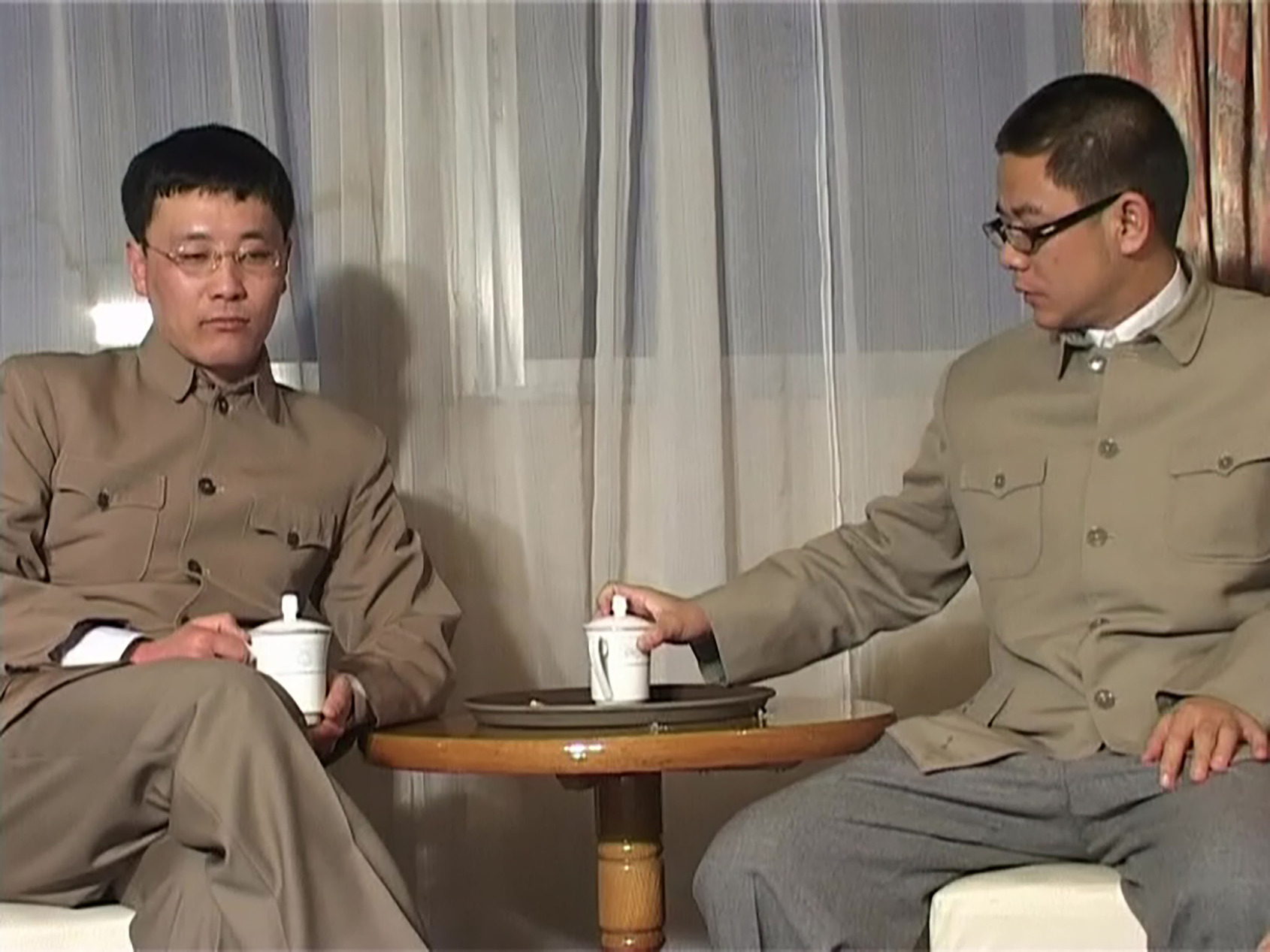
“Honey(mi)” ,Yang Fudong,9:29minutes,Single channel video,Colour,2003© ShanghART Shanghai
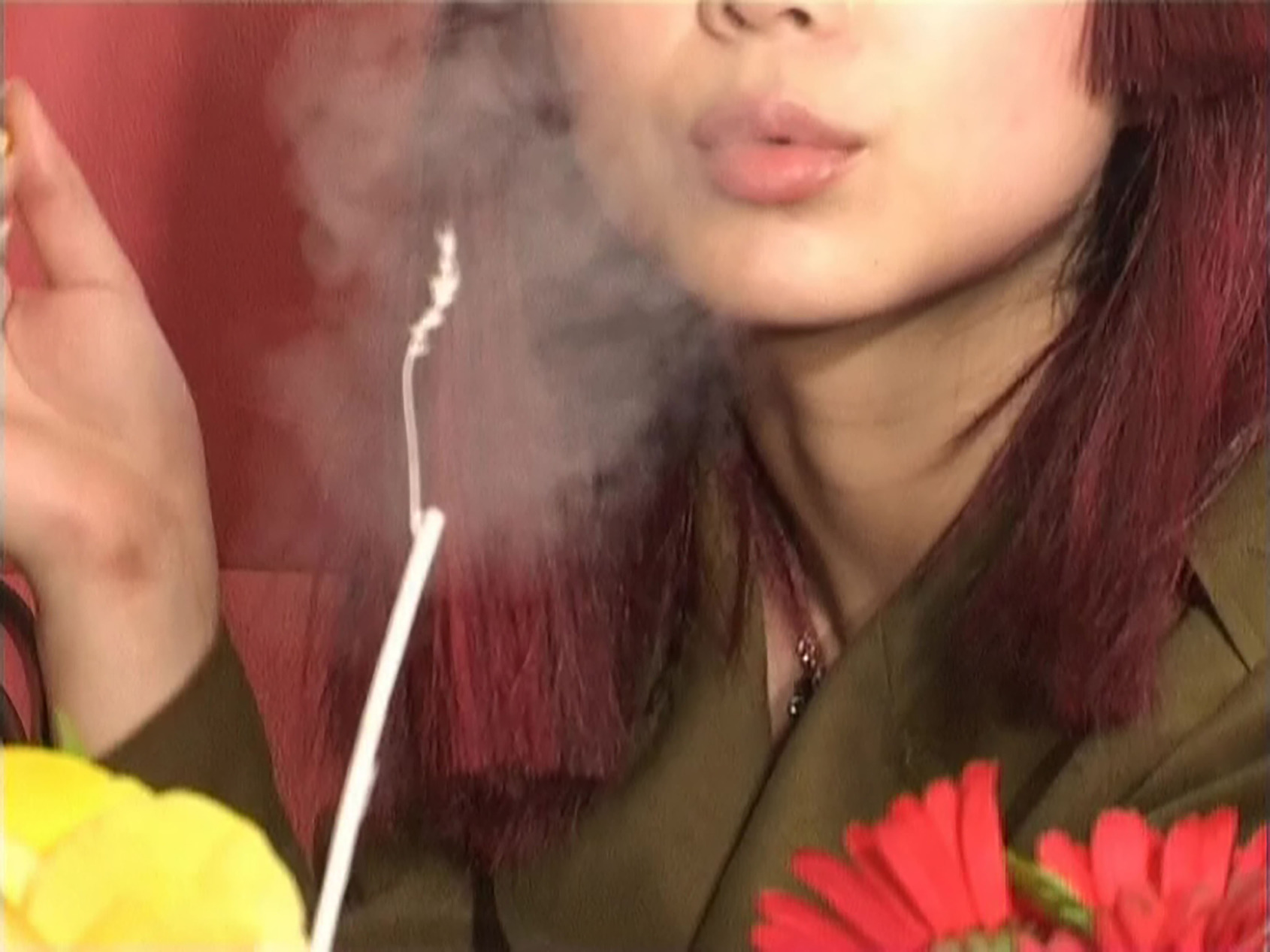
“Honey(mi)” ,Yang Fudong,9:29minutes,Single channel video,Colour,2003© ShanghART Shanghai
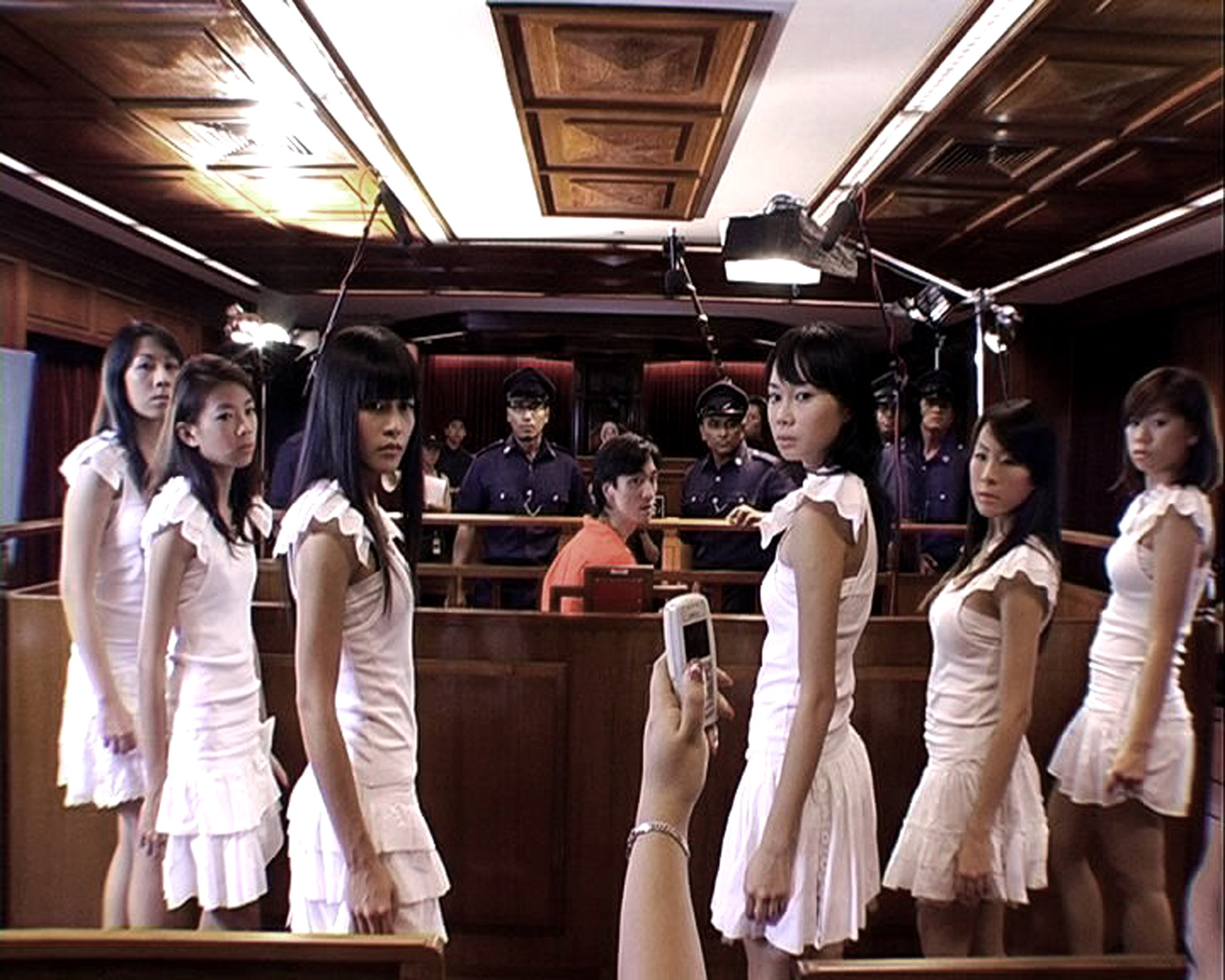
“Bohemian Rhapsody Project” HoTzy Nyen,6:20minutes,Single channel video,Colour,2006© Studiotzu
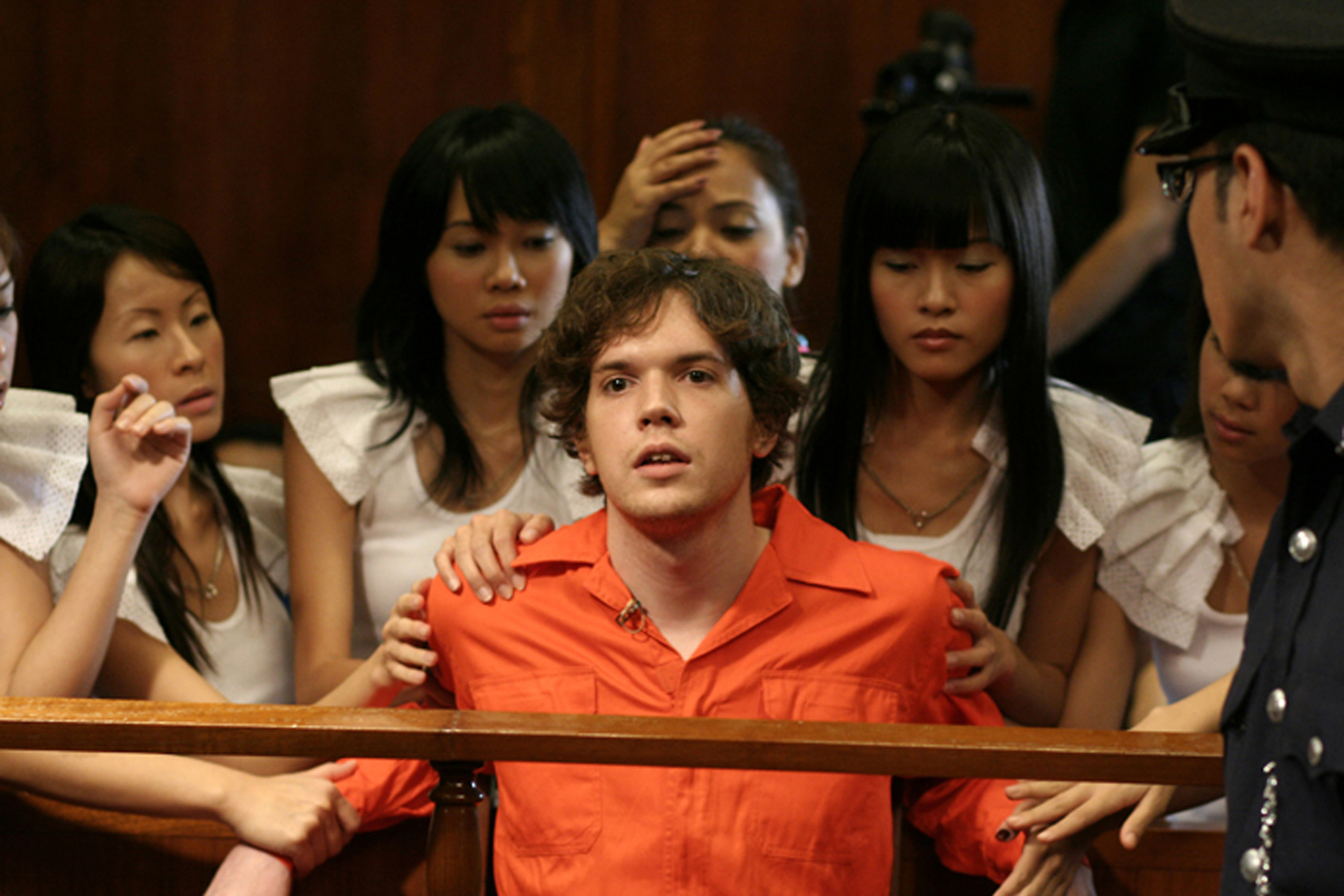
“Bohemian Rhapsody Project” HoTzy Nyen,6:20minutes,Single channel video,Colour,2006© Studiotzu
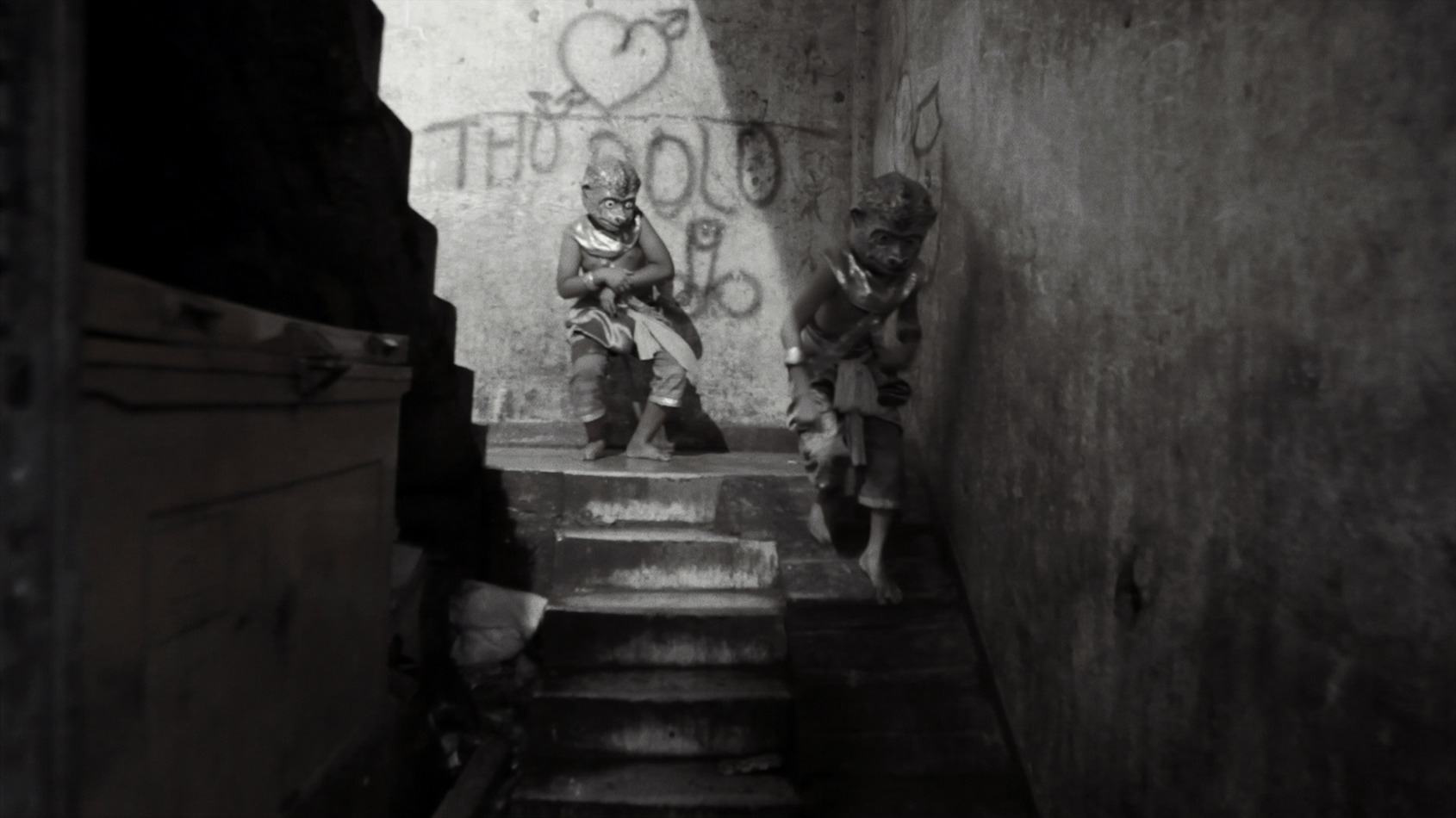
“White Building _Sva Pu“,Hsu Chia-wei, 2:37minutes, single-channel HD video,Colour,2016© Liang Gallery
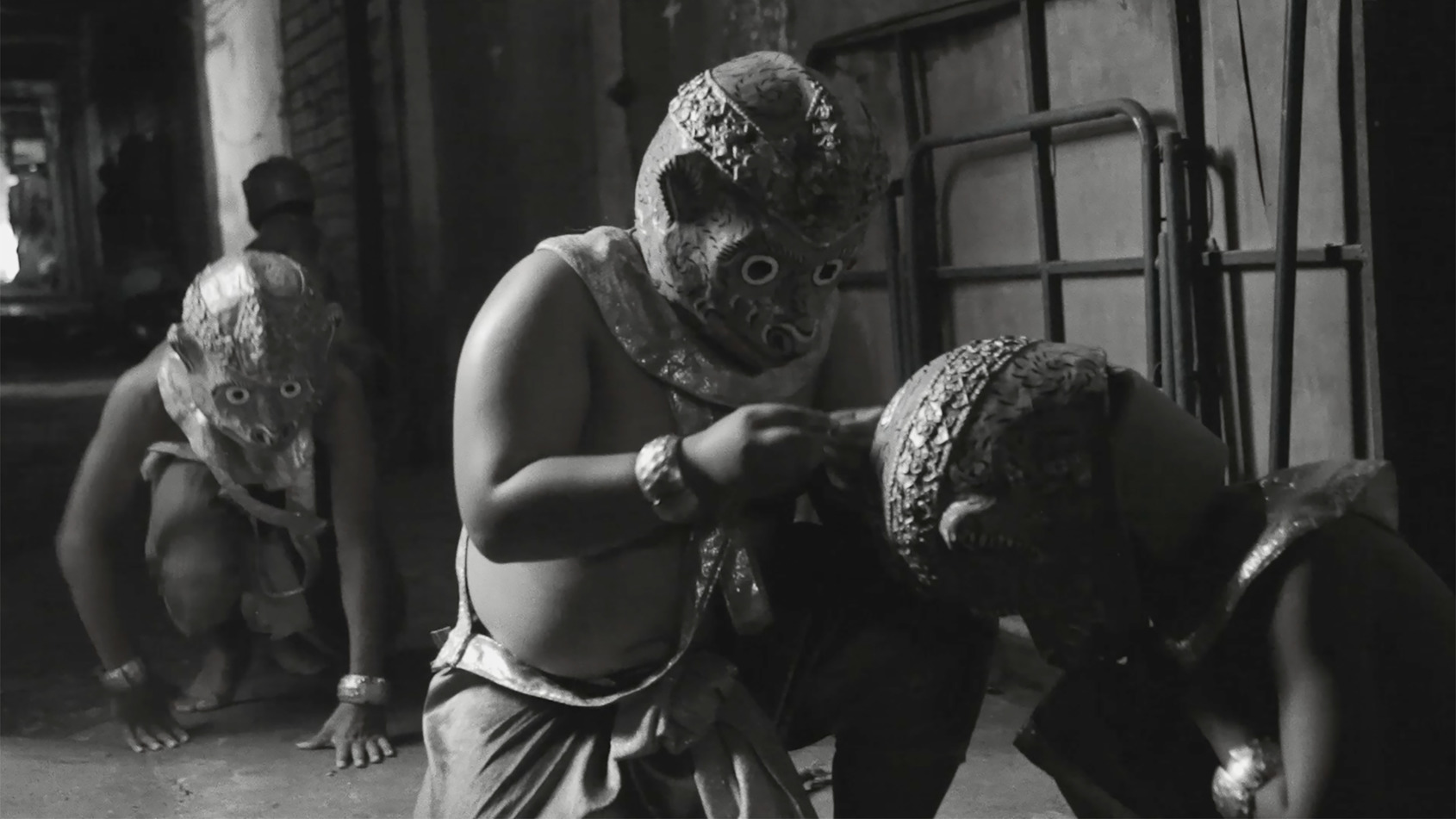
“White Building _Sva Pu“,Hsu Chia-wei, 2:37minutes, single-channel HD video,Colour,2016© Liang Gallery
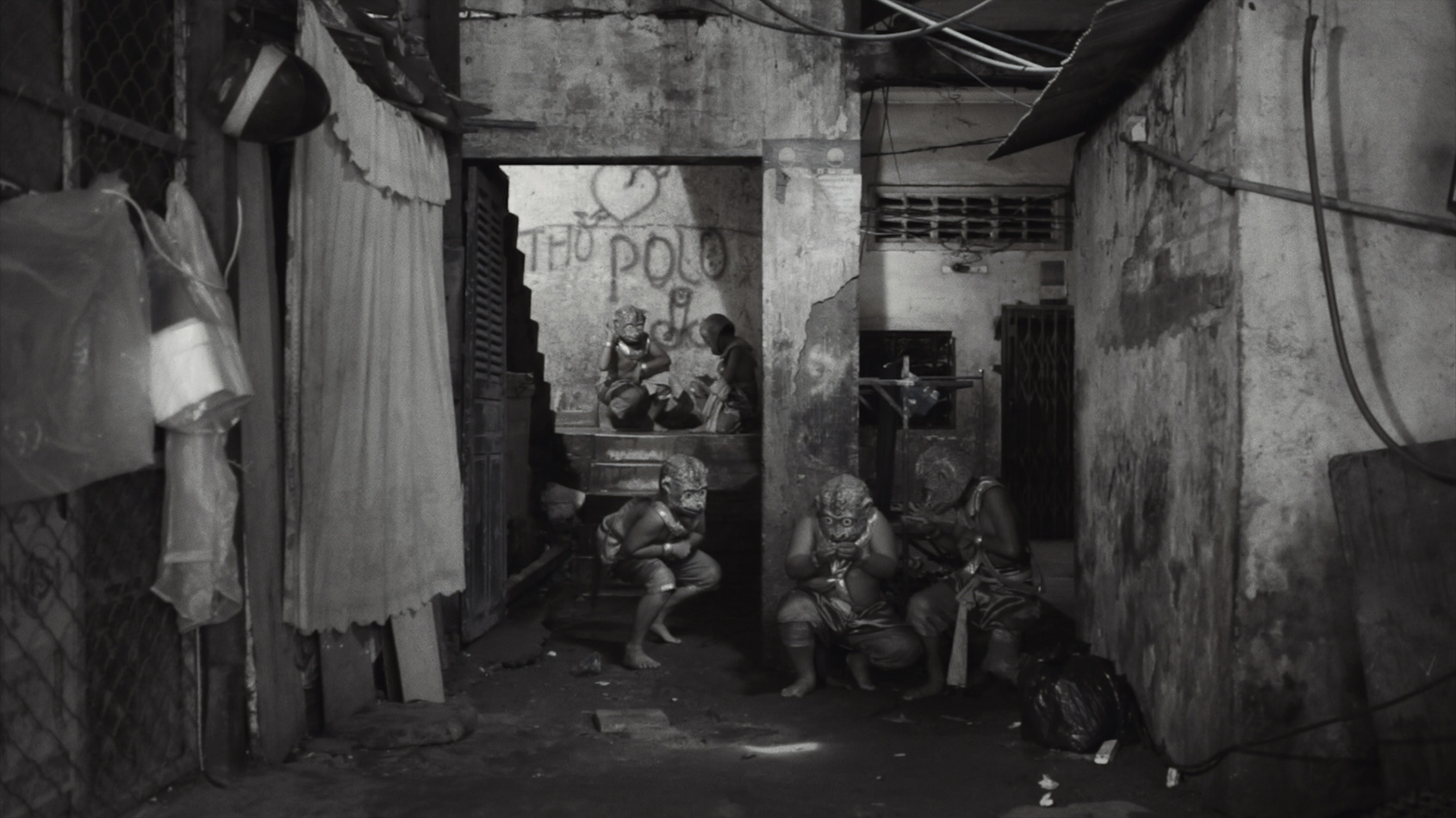
“White Building _Sva Pu“,Hsu Chia-wei, 2:37minutes, single-channel HD video,Colour,2016© Liang Gallery
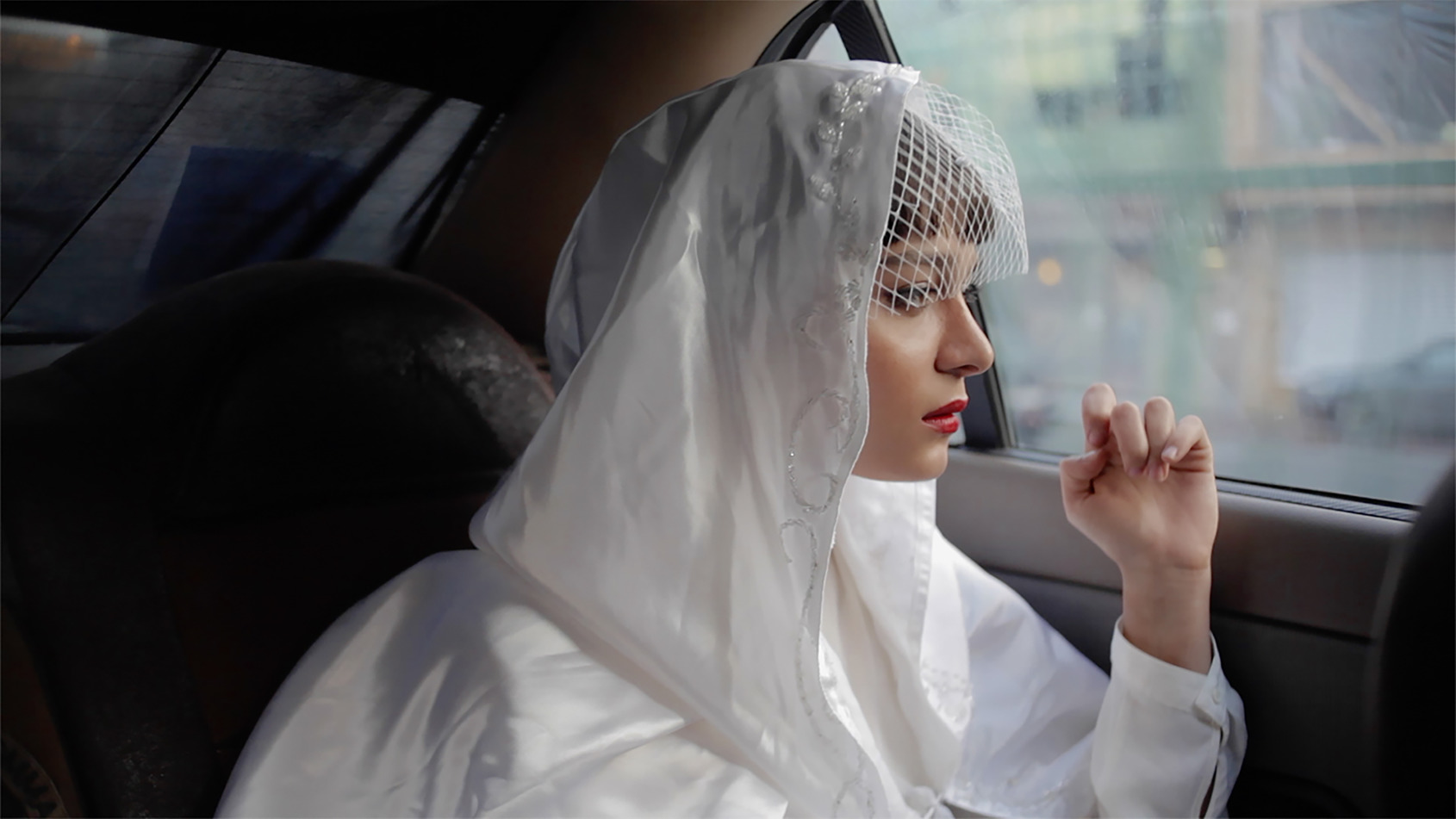
“The Dusk of Tehran”,Tao Hui,4:14minutes,Single screen video sound and light,Colour,2014© AIKE Gallery
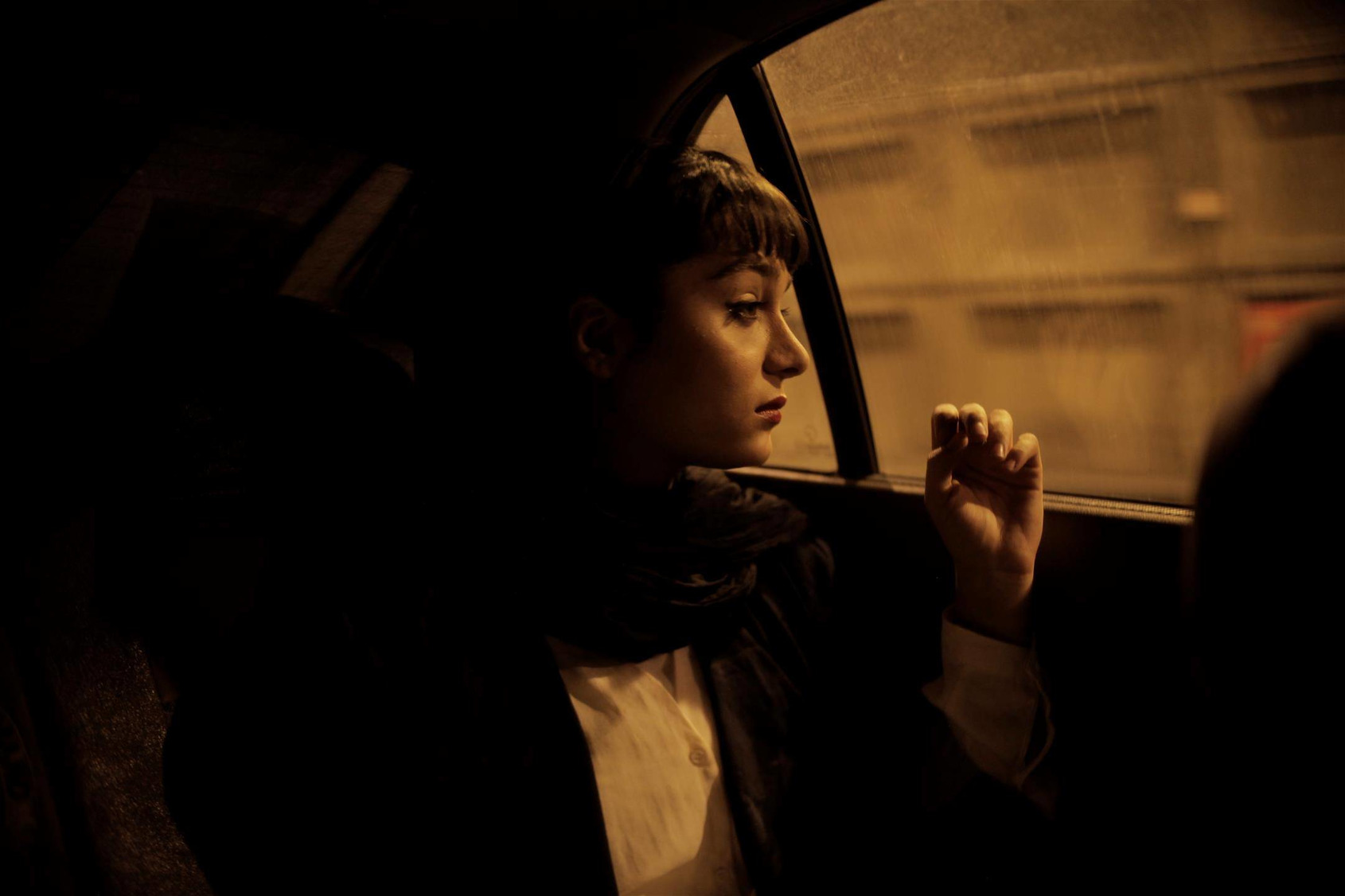
“The Dusk of Tehran”,Tao Hui,4:14minutes,Single screen video sound and light,Colour,2014© AIKE Gallery
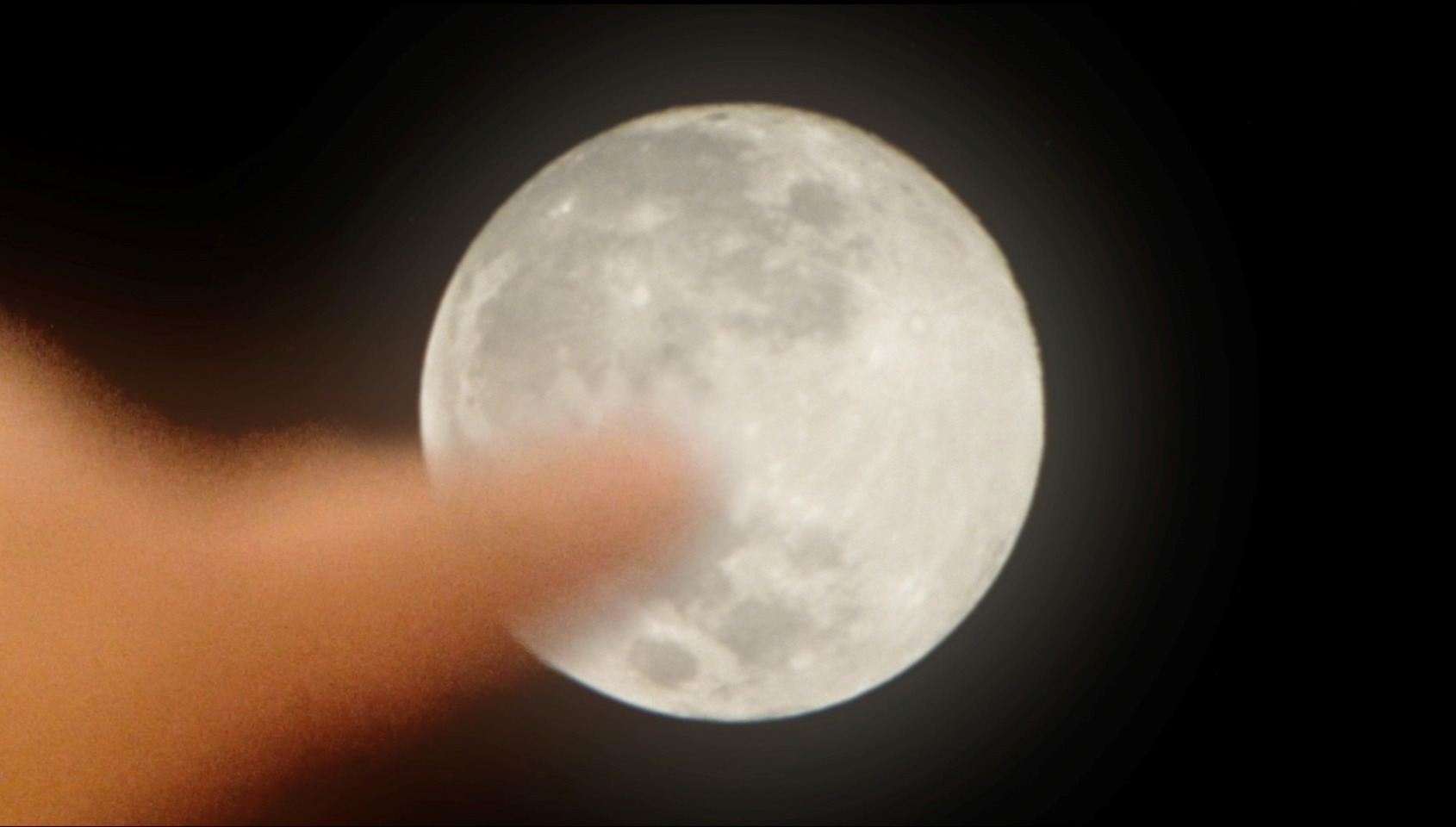
“Water Moon”,Charwei Tsai ,40 minutes,Single screen video recording sound and light device,Colour,2017© TKG+
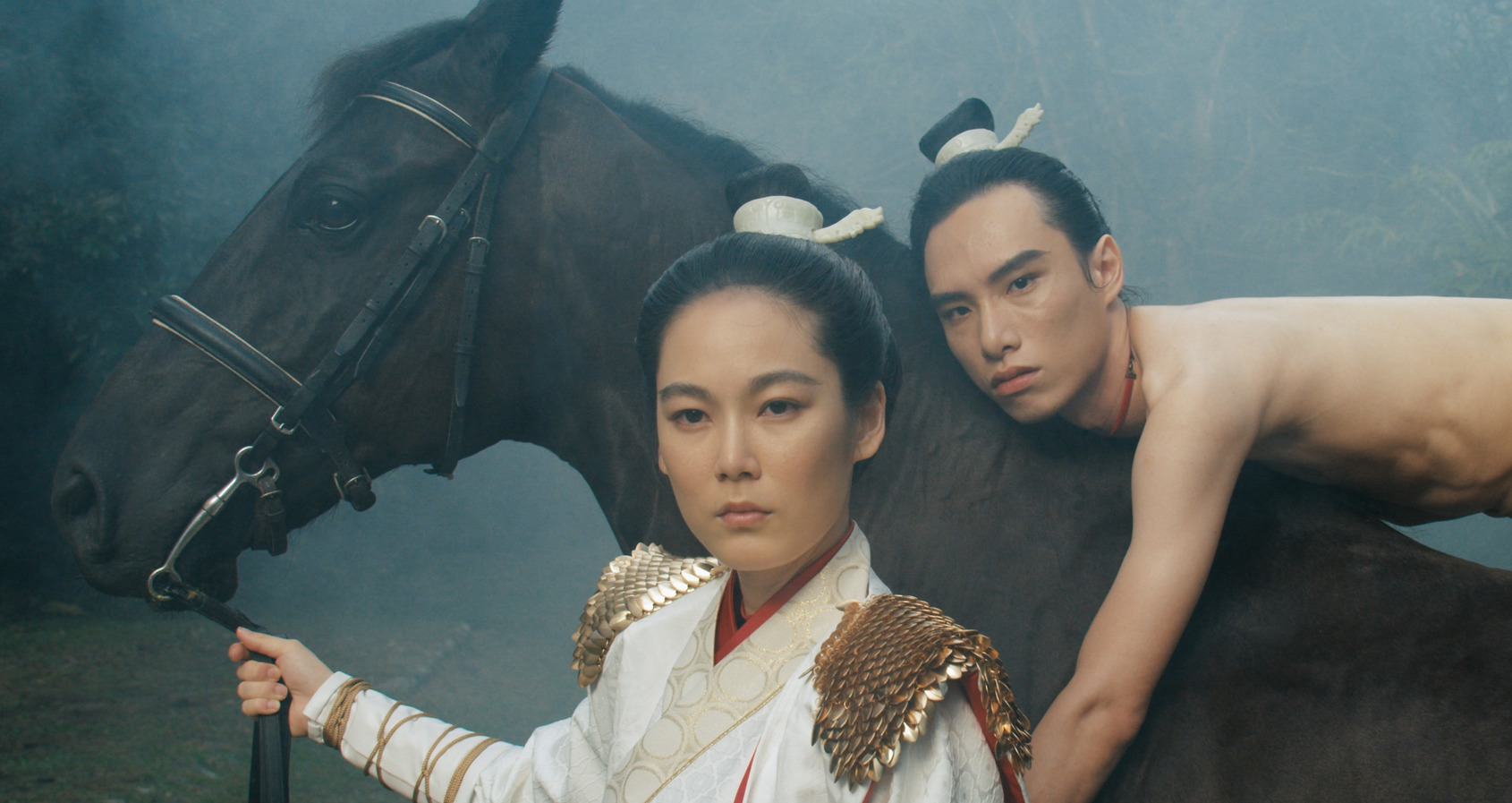
“The Glamorous Boys of Tang”,Su Huiyui ,17:00minutes,Four channel video installation,Color,2018© Double Square Gallery
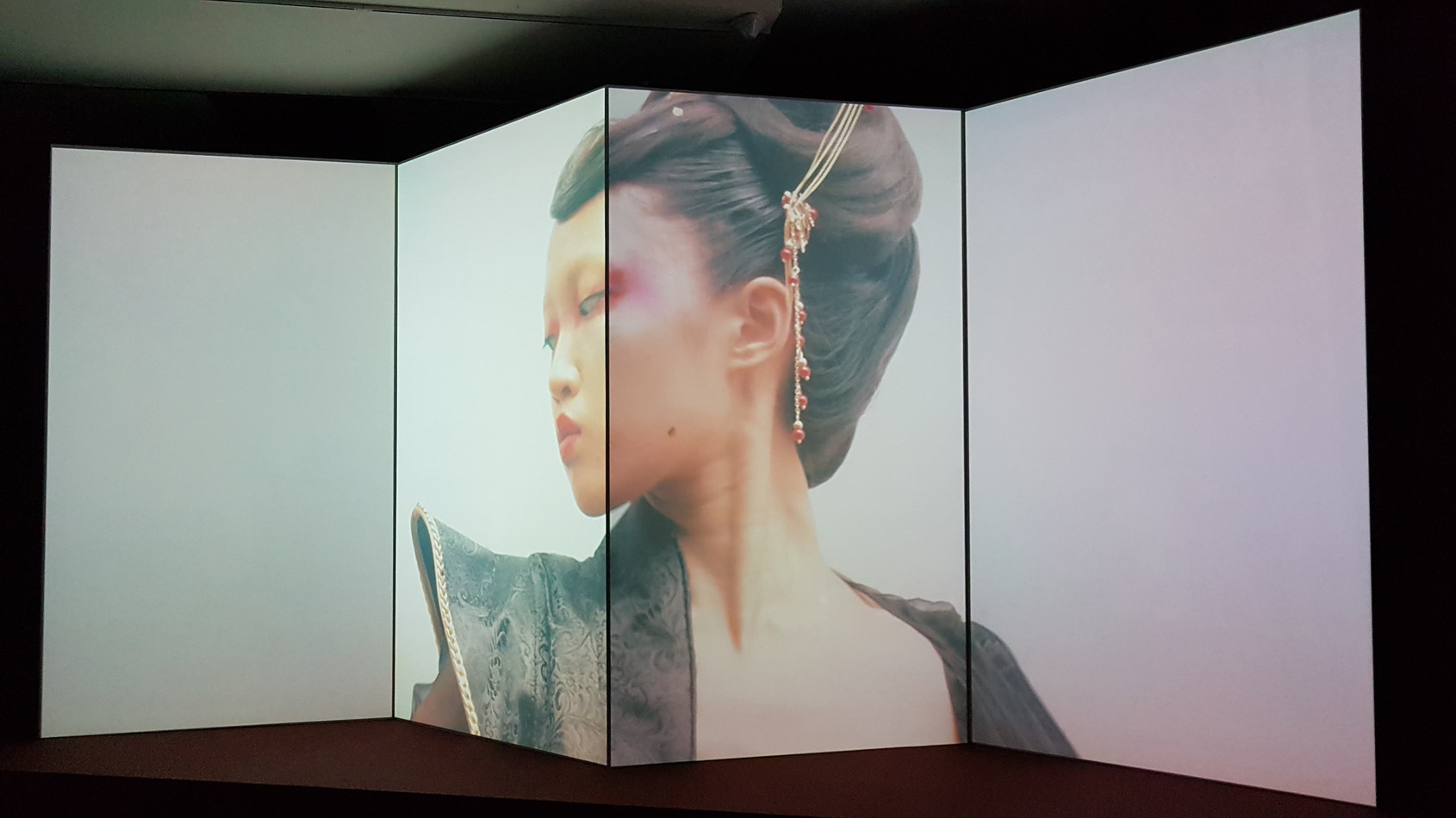
“The Glamorous Boys of Tang”,Su Huiyui ,17:00minutes,Four channel video installation,Color,2018© Double Square Gallery
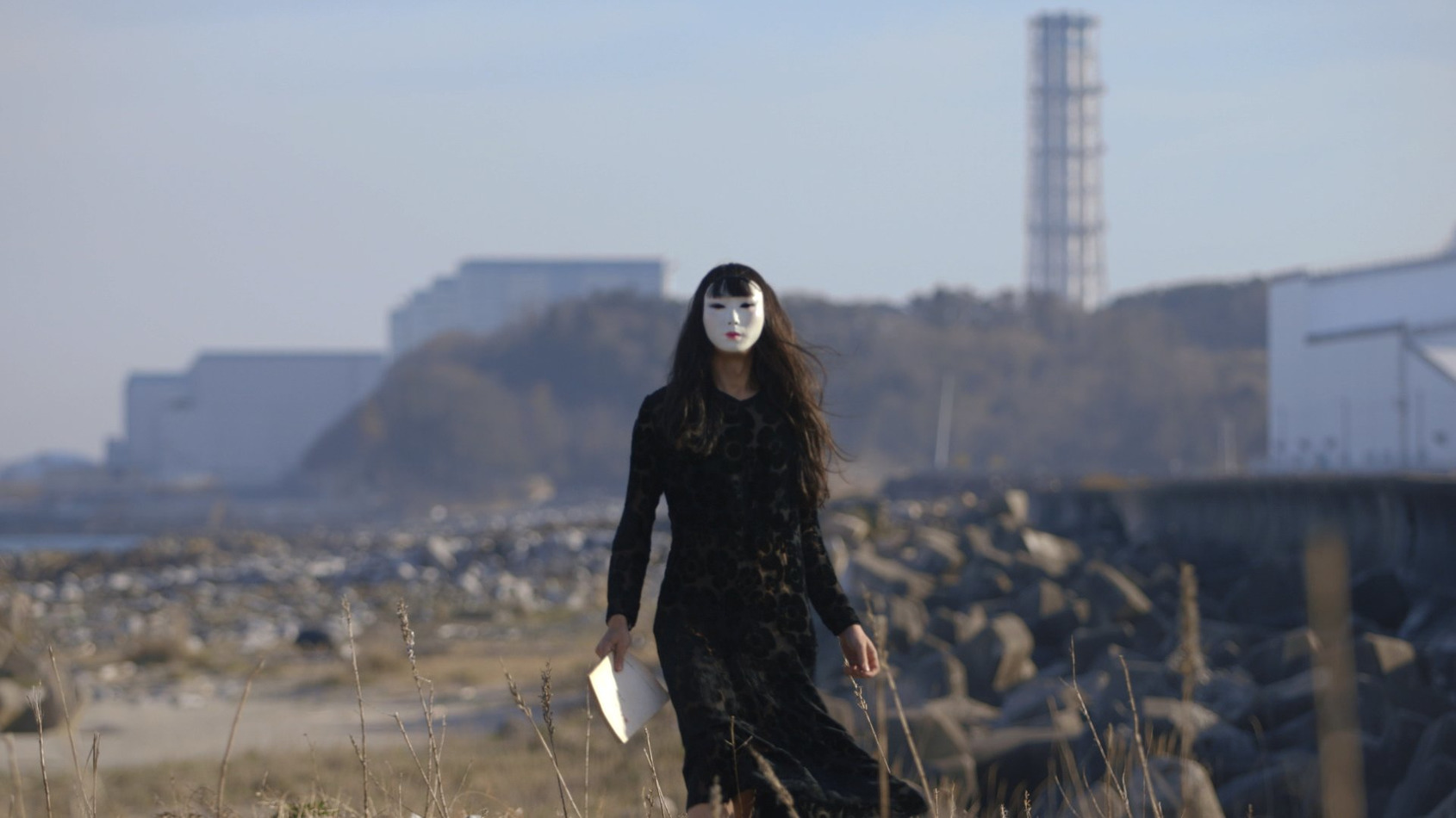
“ The Future She Saw was Our Present ”, Fuyuki Yamakawa,18:52minutes,Single channel video,Colour,2015© SNOW Contemporary